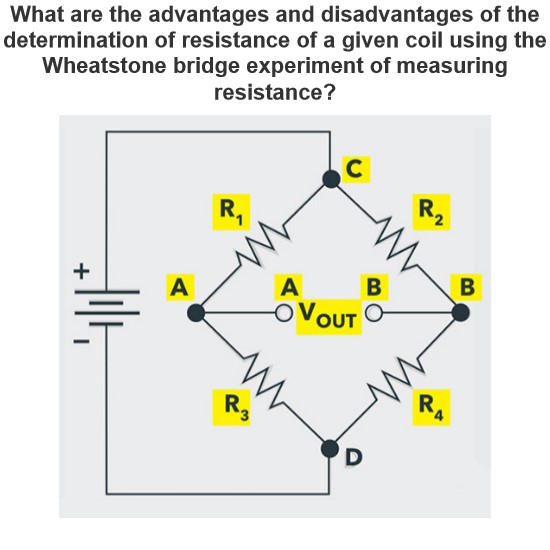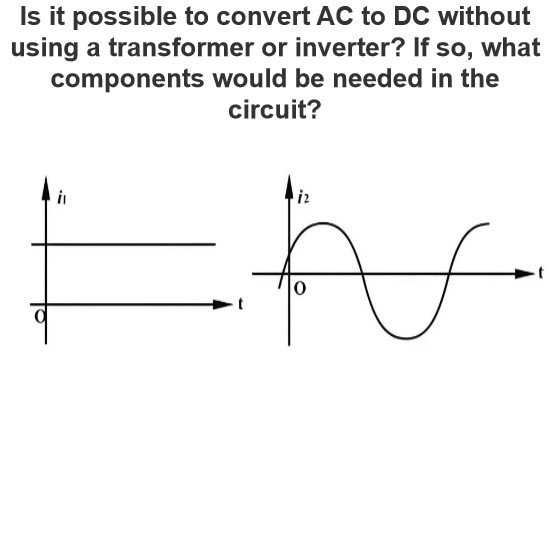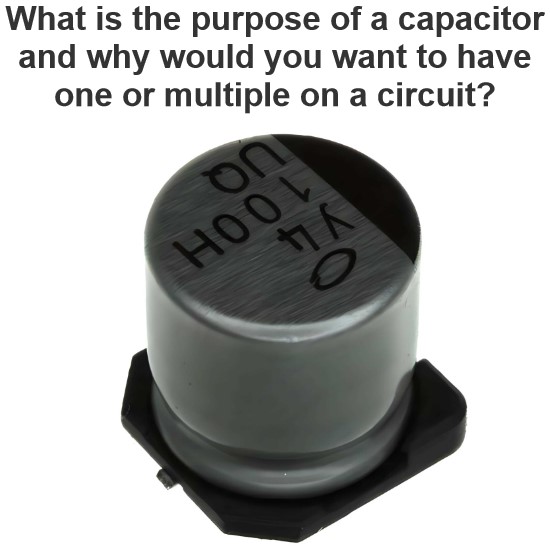What causes harmonics in electrical systems?
Harmonics in electrical systems are caused by nonlinear loads that produce non-sinusoidal waveforms of current or voltage in alternating current systems. Harmonics are sine wave components with integral multiples of frequencies other than fundamental frequencies. The following are some of the main causes of harmonics in electrical systems:
Nonlinear load
Nonlinear loads are those in which the current is not linearly related to the voltage. This type of load is common in the power system, and the main sources include:
Rectifier: A device used to convert alternating current to direct current, such as a power adapter, frequency converter, etc.
Switching power supply: The power supply commonly used in modern electronic equipment, such as computer power supplies, mobile phone chargers, etc.
Inverter: A device used to convert direct current to alternating current, commonly found in solar photovoltaic systems, electric vehicle charging stations, etc.
Variable frequency driver: a device used to control the speed of a motor, widely used in the field of industrial automation.
Arc welding machine: Nonlinear current is generated during the welding process.
Gas discharge lamps: such as fluorescent lamps, high-pressure sodium lamps, etc., will produce harmonics during start-up and operation.
Power electronic equipment
Power electronic devices widely used in modern power systems are also important sources of harmonics:
Frequency converter: used to control the speed and torque of the AC motor, its working principle will produce harmonics.
UPS (Uninterruptible Power Supply) : Harmonics are generated when switching to battery powered mode.
Converter: A device used to change the frequency of alternating current, such as a converter used in wind power generation.
Motors and transformers
Even in traditional motors and transformers, slight harmonics may occur due to reasons such as magnetic saturation effects:
Motors: Especially in the start-up phase, harmonics may be generated due to the influence of nonlinear magnetization curves.
Transformer: When the transformer works in the saturated area, it will also produce harmonics.
Problems with the grid itself
Unbalanced load: An unbalanced load in a three-phase system can cause the neutral current to contain harmonics.
Long-distance transmission: In the process of long-distance transmission, the inductance and capacitance effects of the line may lead to the amplification of harmonics.
Other factors
Aging of power equipment: Older power equipment may produce additional harmonics due to degradation of internal components.
Design Flaws: Poorly designed power systems can lead to amplification or generation of harmonics.
Harmonic effect
Harmonics can cause a variety of adverse effects on power systems, including but not limited to:
Increased equipment losses: Harmonics can lead to additional losses of motors, transformers and other equipment, shortening the service life.
Reduce system efficiency: Harmonics can reduce system efficiency and increase energy consumption.
Affect the measurement accuracy: Harmonics will interfere with the measurement accuracy of the energy meter, resulting in incorrect calculation of electricity charges.
Interference with the communication system: Harmonics will cause interference to the communication system and affect the quality of signal transmission.
Triggering resonance: In some cases, harmonics can resonate with inductors and capacitors in the system, causing serious power quality problems.
Harmonic suppression measure
In order to reduce the impact of harmonics, the following measures are usually taken:
Filters: Install passive or active filters to absorb or counteract harmonics.
Increase the inductance of the load: By increasing the inductance of the load to suppress harmonics.
Improve load characteristics: Use a load with low harmonic content, such as a three-phase rectifier instead of a single-phase rectifier.
Dynamic reactive power compensation: Use equipment such as SVG (static reactive power generator) for dynamic reactive power compensation.
Sum up
Harmonics in electrical systems are mainly caused by nonlinear loads, such as rectifiers, switching power supplies, inverters, variable frequency drivers, etc. Harmonics can negatively affect the performance and reliability of the power system, so it is necessary to take appropriate measures to suppress or eliminate harmonics.
The Electricity Encyclopedia is dedicated to accelerating the dissemination and application of electricity knowledge and adding impetus to the development and innovation of the electricity industry.




